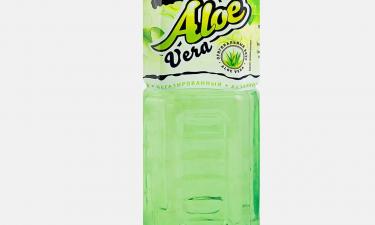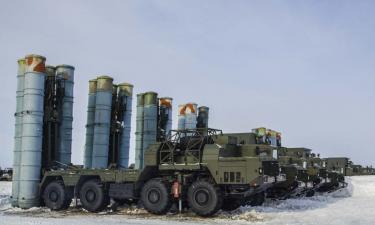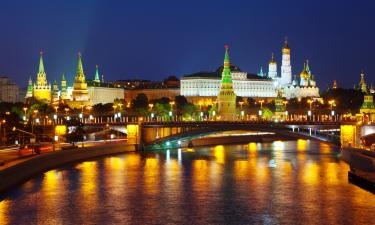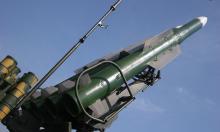Kasyanov Comments on Macroeconomic Situation in Russia
The general macroeconomic situation in Russia is stable; the ruble rate against the dollar has been changing according to the estimates of the Russian government and the Central Bank. Russian Prime Minister Mikhail Kasyanov released this information at the opening of today's government meeting. This meeting is to be devoted to discussing the results of the social and economic development of the country in the first nine months of 2002.
According to Kasyanov, Russia's gold and currency reserves overcame $45bn, while three years ago, they amounted to $12bn. He also pointed out that capital flight from Russia has decreased considerably. The volume of released medium-term credits to the manufacturing industry went up from 10 percent to 27 percent. However, several factors have been preserved, which hamper the development of the Russian economy at a higher rate. These factors are the volume of investment, administrative barriers and the growth of labor productivity.
Kasyanov pointed out that the volume of investments declined to 2.5 percent in the first nine months of 2002 as compared to 7.5 percent in 2001. Over 60 percent of investments are in the "extractive" sector. The volume of production has been growing in the resource-saving industry. For example, the production volume grew from 5.5 percent to 6.5 percent in the "extractive" sector, while in the processing industry, it declined from 5.5 percent to 3.3 percent. In the first nine months of 2002, imports gained 12 percent; exports went down by 1 percent, Kasyanov reported.
Subscribe to Pravda.Ru Telegram channel, Facebook, RSS!





